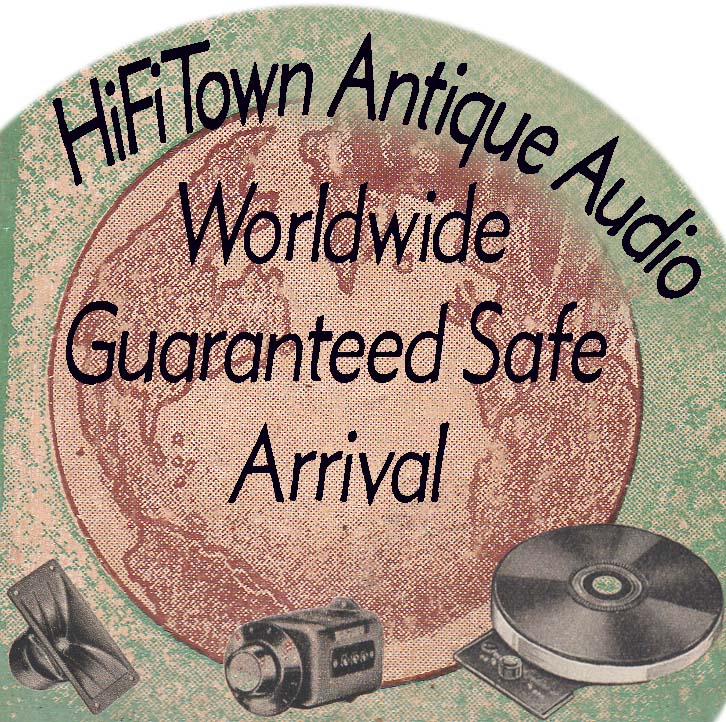In the realm of 2-channel audio, the controversial maxim "the older, the better" is usually best literally taken. Science will one day lift the enigma of this prejudiced blanket statement. In opposition to our beloved cultish operation of archaic electronics; stands the internet's army of parochial skeptics, myopic scientists, high-end new gear tout's (not to mention generalized fuss budgets). They predictably and continually criticize the rising value of these seemingly obsolete items. Yes, it's hard to believe. Yes, modern technology is a godsend. It keeps us safe. And up to speed. It delivers multi channel sound effects for todays hi-res, but jittery digital content.
But what about traditional 2 channel sound reproduction? Well, things take a fanciful turn. Western Electric, RCA, Marantz, oil caps, wire wound resistors and old spools of solder - in some cases have appreciated faster than gold bullion. But this is not identical to Tulip mania, or the South Sea Bubble. A real reason exists, and to this day maintains. The sound of certain old audio components cannot be surpassed. They just "work", "feel" or "sound" better to our crazy and sensitive human ears. If they did not, prices would not continue to rise. Collector's fervor alone cannot drive prices to the moon like we see!
Old audio equipment fills modern needs and wants. It doesn't simply placate the empty slot of a coin collector's dusty binder. Reproductions can at best only approximate or hollowly mimic the detail and tone of originals. Beyond that, the copy, the clone, the reproduction has no intrinsic value. Yet, reproductions do have much of the downside depreciation of "newly made". Simply put - what's old in audio, is part of living history.
Antiques were produced at a time when materials were different. Wires and metals were refined in slower ways. They contain varying levels of purity as well as heavier content of natural fibers and elements. Use and age have further conditioned these properties. It is not possible to reproduce this. A single purchase 30yrs ago of an oil capacitor, WE 171C transformer, Marantz 7c, or even piece of cloth wire has surpassed the most esteemed financial instruments. The aforementioned Western Electric 1086 that sold for $300 in 1982, now could easily bring many, many thousands. More importantly, when you buy vintage audio - be it a complete amp or part for a project; you buy to use. Being a functional active entertainment device. Not a static, unimaginative lump of gold under glass. As always good quality, established classic audio is cherished primarily overseas. A truly safe hedge to the falling US dollar, don't you agree?
